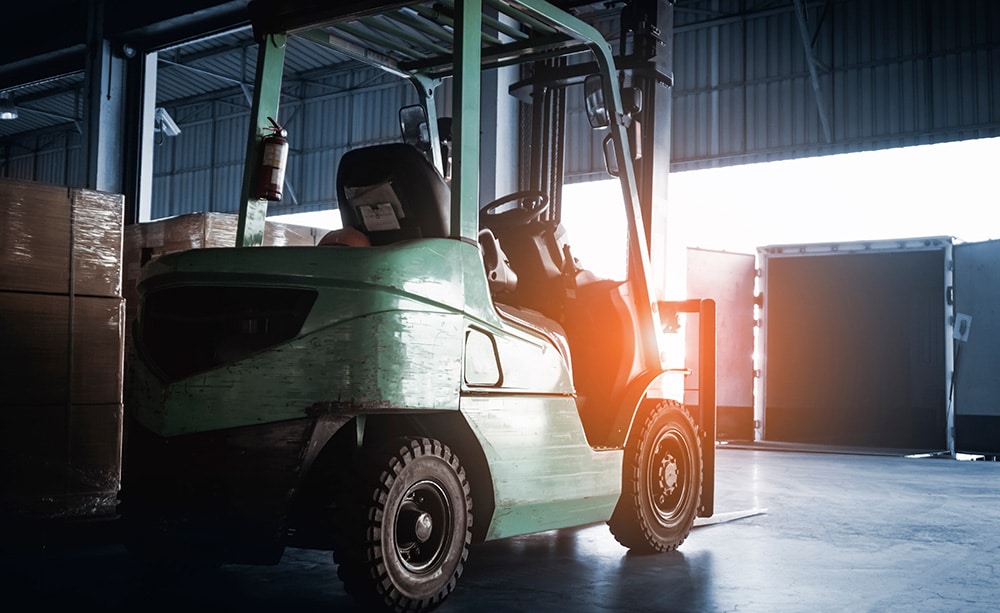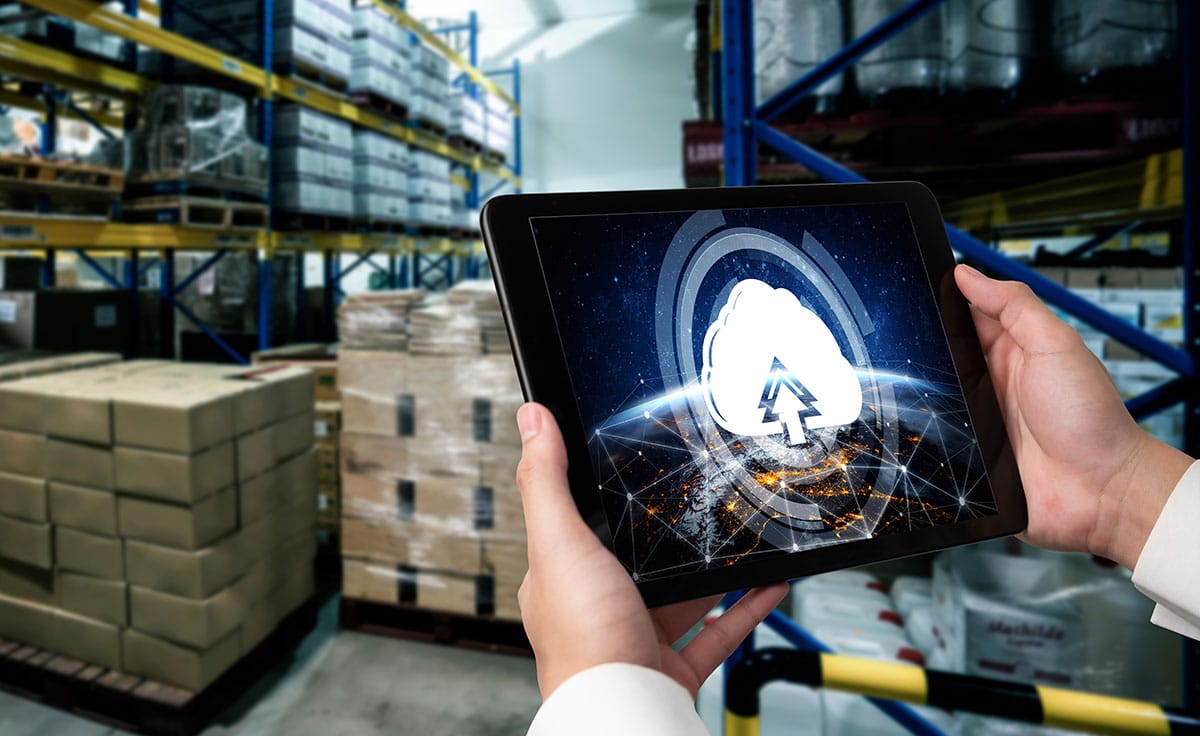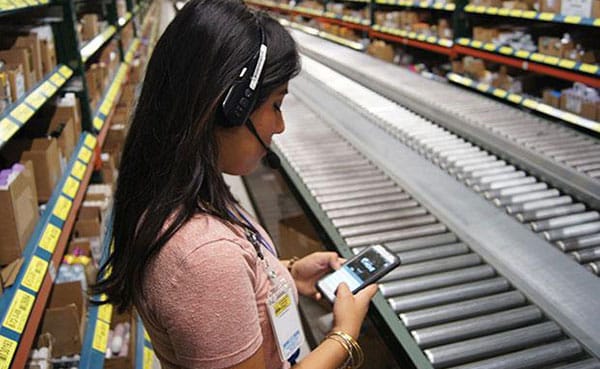Robots Disinfect DCs
Warehouses and distribution centers may soon have a new tool in their arsenal to keep their workers safe amid the continuing Coronavirus pandemic. A team from MIT’s Computer Science and Artificial Intelligence Laboratory (CSAIL), Ava Robotics and the Greater Boston Food Bank designed a new robotic system that uses UV-C light to disinfect surfaces. This could be an alternative to using chemical disinfectants that are time-consuming and expensive to apply. The new approach combines a UV-C light fixture designed by CSAIL and an Ava Robotics mobile robot base, eliminating all human effort. In the successful test at the Greater Boston Food Bank, the robot drove autonomously throughout the aisles – at roughly .22 miles per hour – and cleaned the whole facility within 30 minutes. The specific level of UV-C used in the test was able to kill 90 percent of corona-viruses on all surfaces. Further tests are being performed before the technology will be available for commercial use. Researchers believe this tech could also be used to clean grocery stores, schools and manufacturing facilities. Other robot manufacturers could use their equipment in the same manner as Ava Robotics.
DC Hiring Continues To Recover
Warehouse and distribution operations added more than 60,000 jobs last month in part to meet the continuing uptick in demand for ecommerce orders. Although there are still fewer jobs than there were pre-pandemic, the warehouse sector has been impacted less severely than other areas of the economy.
Cathy Roberson, president of Logistics Trends & Insights LLC explained, “A good bit of that [new jobs] is due to your manufacturing reopening, businesses reopening and just the need for inventory replenishment to get these companies back up and rolling.” Roberson also explained that we will see jobs continue to increase as people continue to order directly to and from their homes.
In addition, courier and messenger companies also saw a spike in jobs. FedEx reported in it’s most recent earnings report that home deliveries accounted for 72% of its most recent US shipments, compared with 56% in quarter two of last year. Their ecommerce sector also rose 25%. To learn how to keep up with ecommerce surge, watch our recent webinar on demand.
Malls and Stores Transform Into Fulfillment Centers
Fourteen million square feet of retail space has been converted to industrial space for ecommerce fulfillment since 2017, and this local retail transformation is accelerating. Since March many more store owners and even mall operators have begun transforming stores into local fulfillment centers.
A Sam’s Club in North Carolina that recently “closed” was revamped into a local ecommerce hub. The location now picks, packs and ships orders to transport hubs all over the southeast. Mall owners are also converting some of their space into high tech micro-fulfillment centers as consumer traffic has declined and many tenants have terminated their leases. According to Fillogic, more than 60% of mall-based retailers have ship-from-store capacity and malls average up to 3,200 packages shipped daily.
Beyond transforming the retail space, these new fulfillment operations will require new processes and technologies to operate efficiently. The transformed Sam’s Club in NC added conveyors, for example. But much more needs to be done. Learn more about how how robotic micro-fulfillment, AI, and manual processes can be transformed for local fulfillment in our webinar on demand.
Using DC Picking Processes In Grocery Stores
Surging demand for grocery delivery and pickup resulted in delays and exposed the shortcomings of manual pick processes for in-store fulfillment. One key to meeting the rise in demand is to improve the efficiency and scalability of these manual store-based picking processes. The fastest way to do that is by borrowing best practices and proven technology used in DCs.
Justin Ritter, Director of Project Engineering at Lucas recently published an article in Food Logistics outlining the “Best Practices to Improve In-Store Picking for E-Commerce Fulfillment”. The article outlines how grocery stores can use zone picking, batching and other widely adopted DC innovations, along with easy-to-use mobile technology and work execution software.






